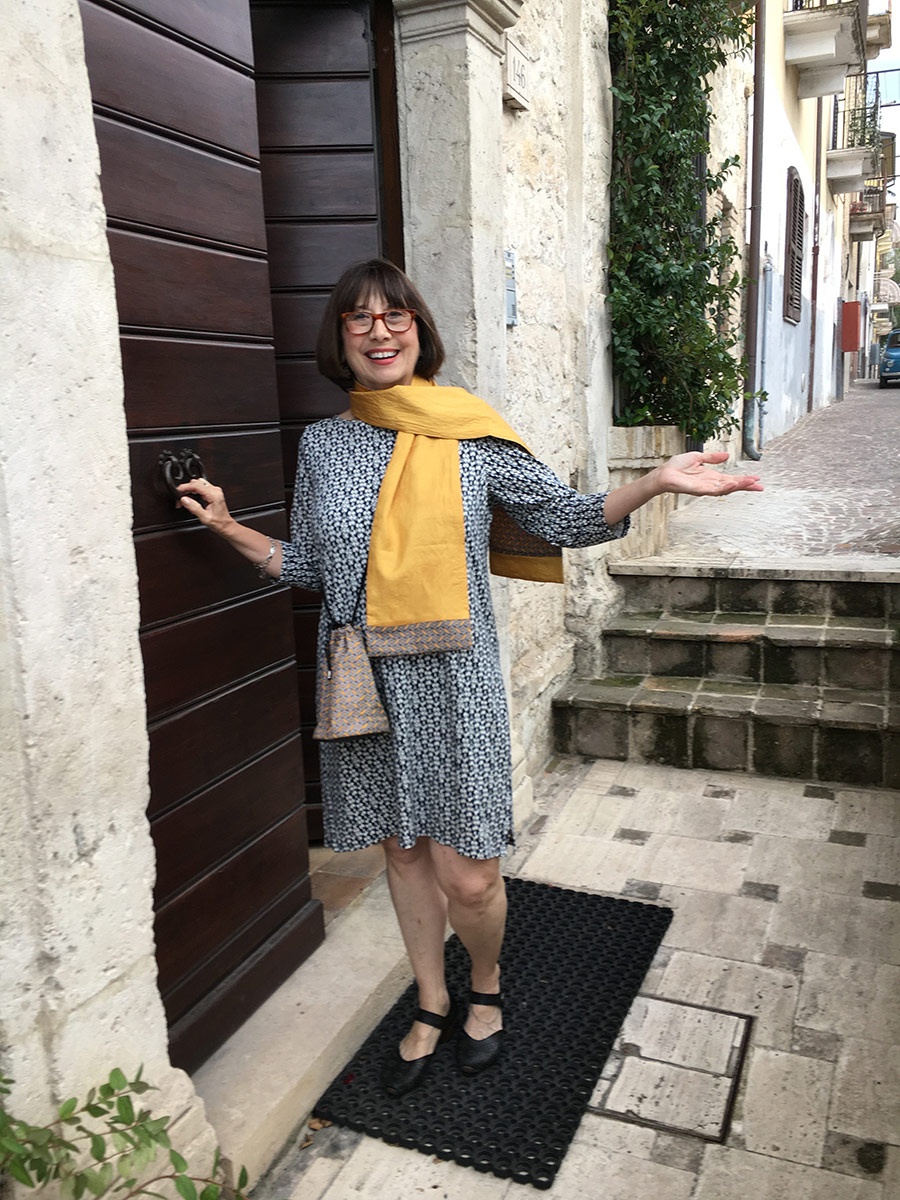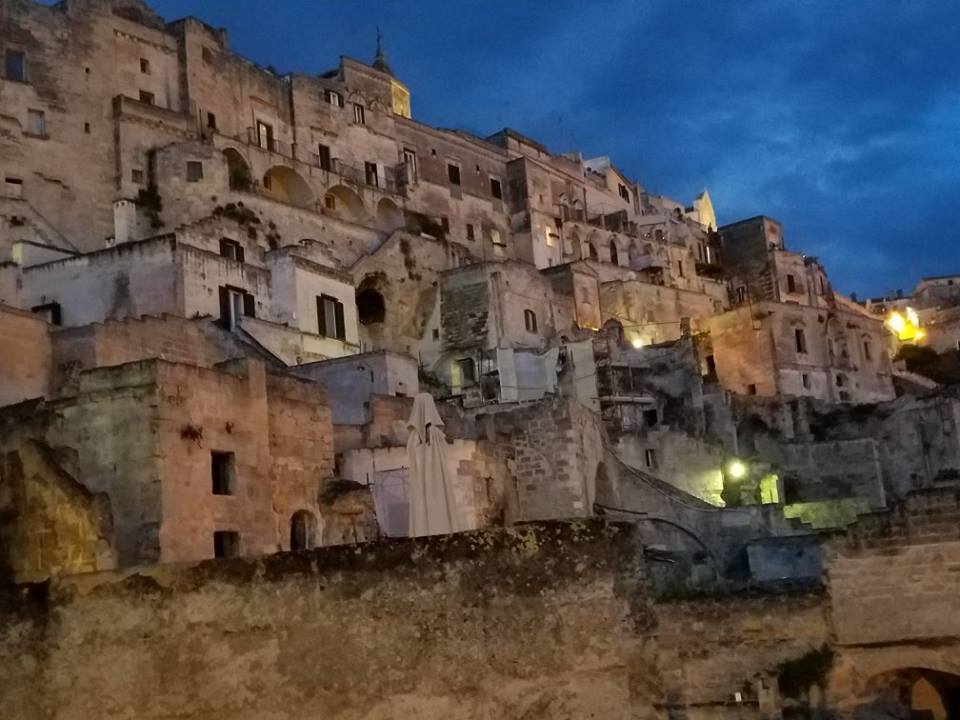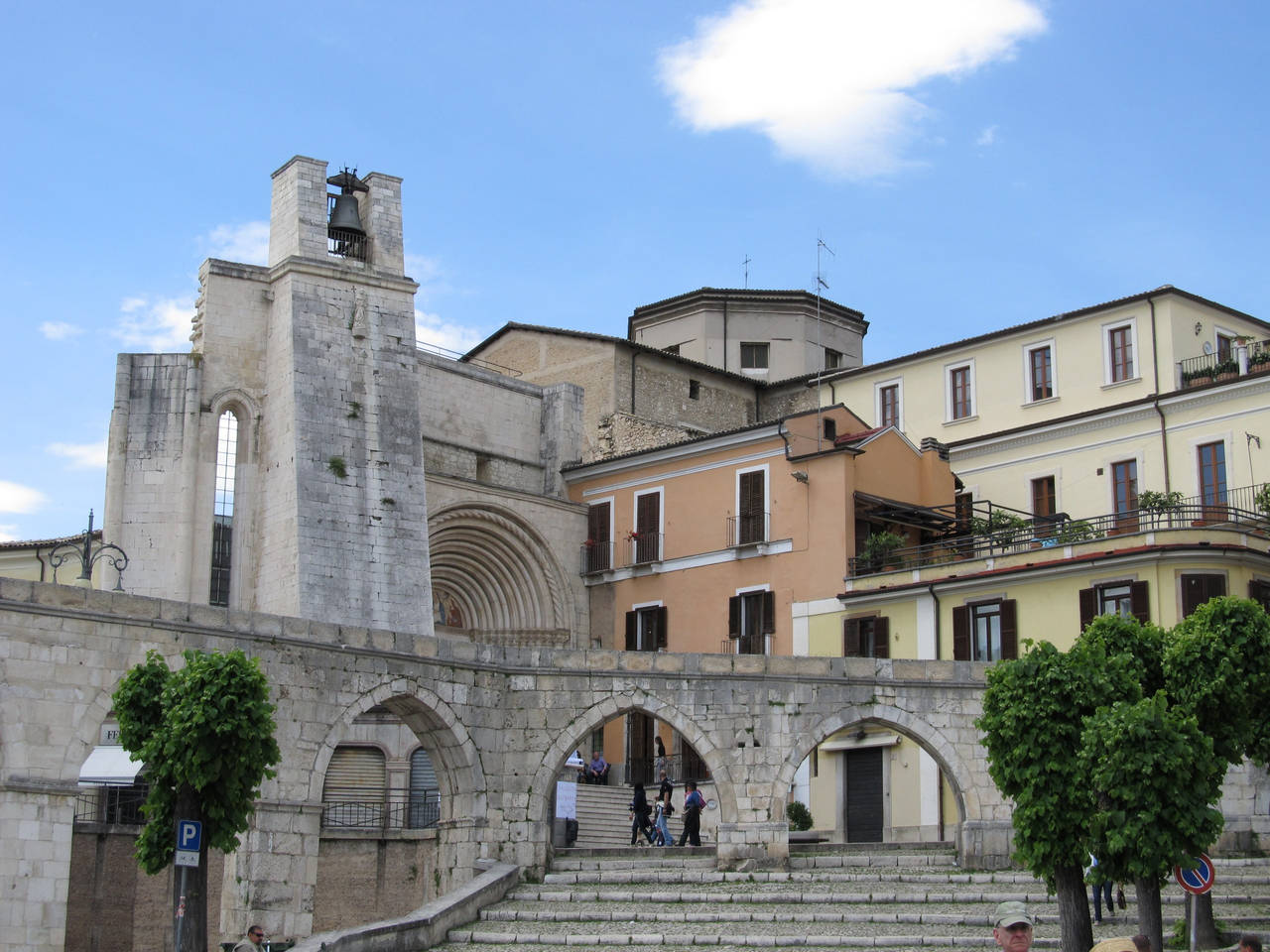… Me? I’m not off for anywhere at all.
Sometimes I wander out of beaten ways
Half looking for the orchid Calypso. — Robert Frost, “An Encounter” 
 The city of Richmond, Virginia includes an array of treasures and the Lewis Ginter Botanical Garden is surely one of them. Located just a few minutes outside of the downtown on Lakeside Avenue, the garden provides a magnificent oasis for our stressed-out souls: walk around, have lunch, take advantage of educational programs and special plant sales, bring the kids, rent the facility for your own special events and meetings . . . come and make it a home away from home.
The city of Richmond, Virginia includes an array of treasures and the Lewis Ginter Botanical Garden is surely one of them. Located just a few minutes outside of the downtown on Lakeside Avenue, the garden provides a magnificent oasis for our stressed-out souls: walk around, have lunch, take advantage of educational programs and special plant sales, bring the kids, rent the facility for your own special events and meetings . . . come and make it a home away from home.
I did just that last Saturday to visit the Orchids Galore! show, which kicks off this year’s A Million Blooms program — be sure to get there by April 22 or you’ll miss it. And you won’t want to.
off this year’s A Million Blooms program — be sure to get there by April 22 or you’ll miss it. And you won’t want to.
I’m not going to have a lot of text here, because I don’t know nothin’ ‘bout birthin’ orchids. Just trust me when I tell you that if you live anywhere near Richmond, you should go. Lewis Ginter Botanical Garden is open from 9:00 – 5:00 daily (except Thanksgiving, Christmas Eve and Christmas) and for a small fee and a short walk to the Conservatory — through some of the prettiest violas and tulips you’ll ever see — these exotic babies (hundreds of them!) will take your breath away.
 One day I’ll have a really fine SLR camera. For now, here’s what I can accomplish with what I’ve got. Hope you enjoy them. And I hope you see that travel doesn’t always mean crossing a continent or an ocean — this was a transporting experience 30 minutes away from home!
One day I’ll have a really fine SLR camera. For now, here’s what I can accomplish with what I’ve got. Hope you enjoy them. And I hope you see that travel doesn’t always mean crossing a continent or an ocean — this was a transporting experience 30 minutes away from home! 
Buon viaggio!

Linda Dini Jenkins is a card-carrying Italophile, travel planner, freelance writer, and amateur photographer. Travel is her passion, so writing about her travels just comes naturally. She hopes all her travelers find a way to express their joys, surprises, and fears as they travel and gives every traveler a nifty journal to help smooth the way. Learn more…































Recent Comments